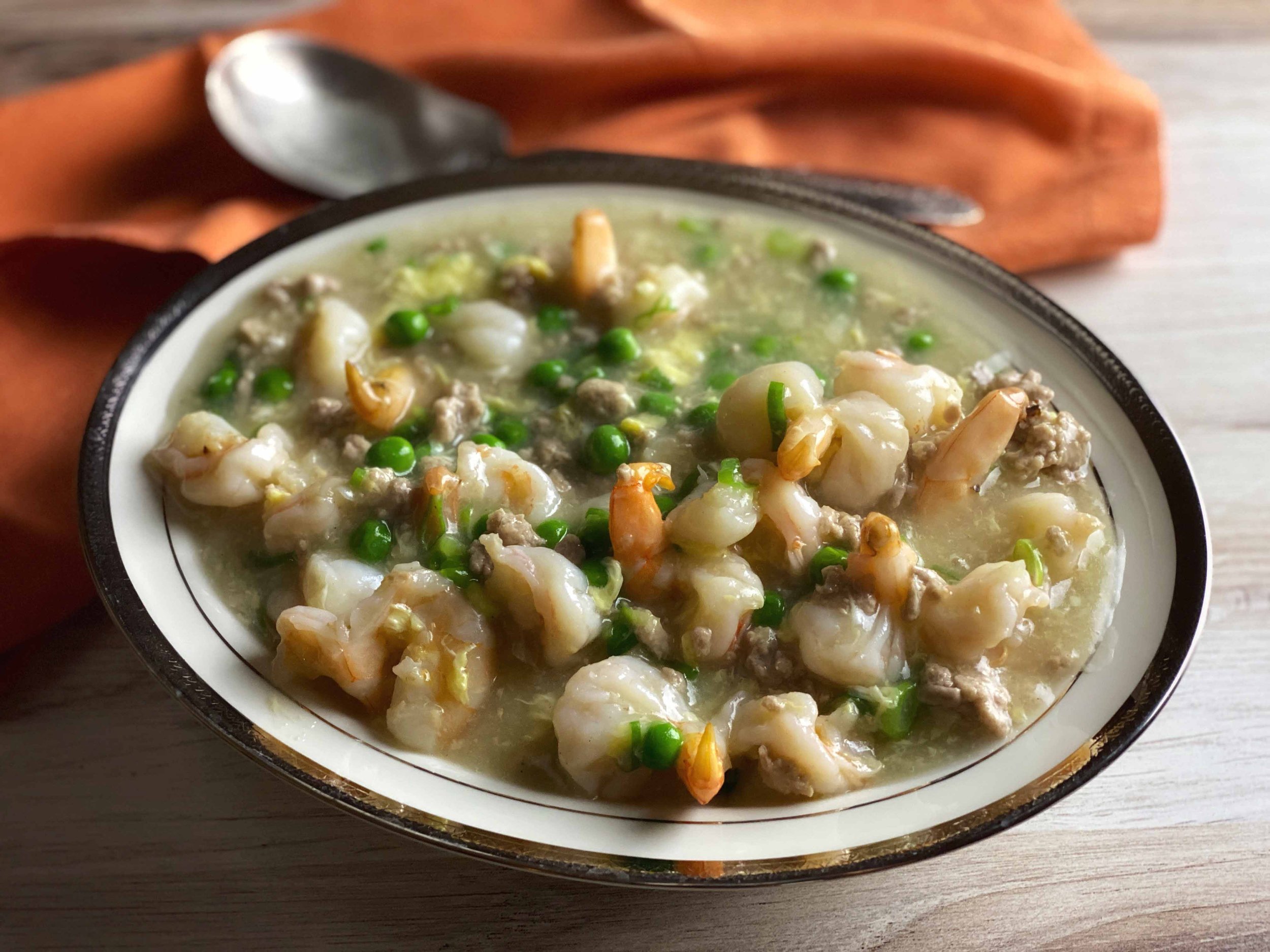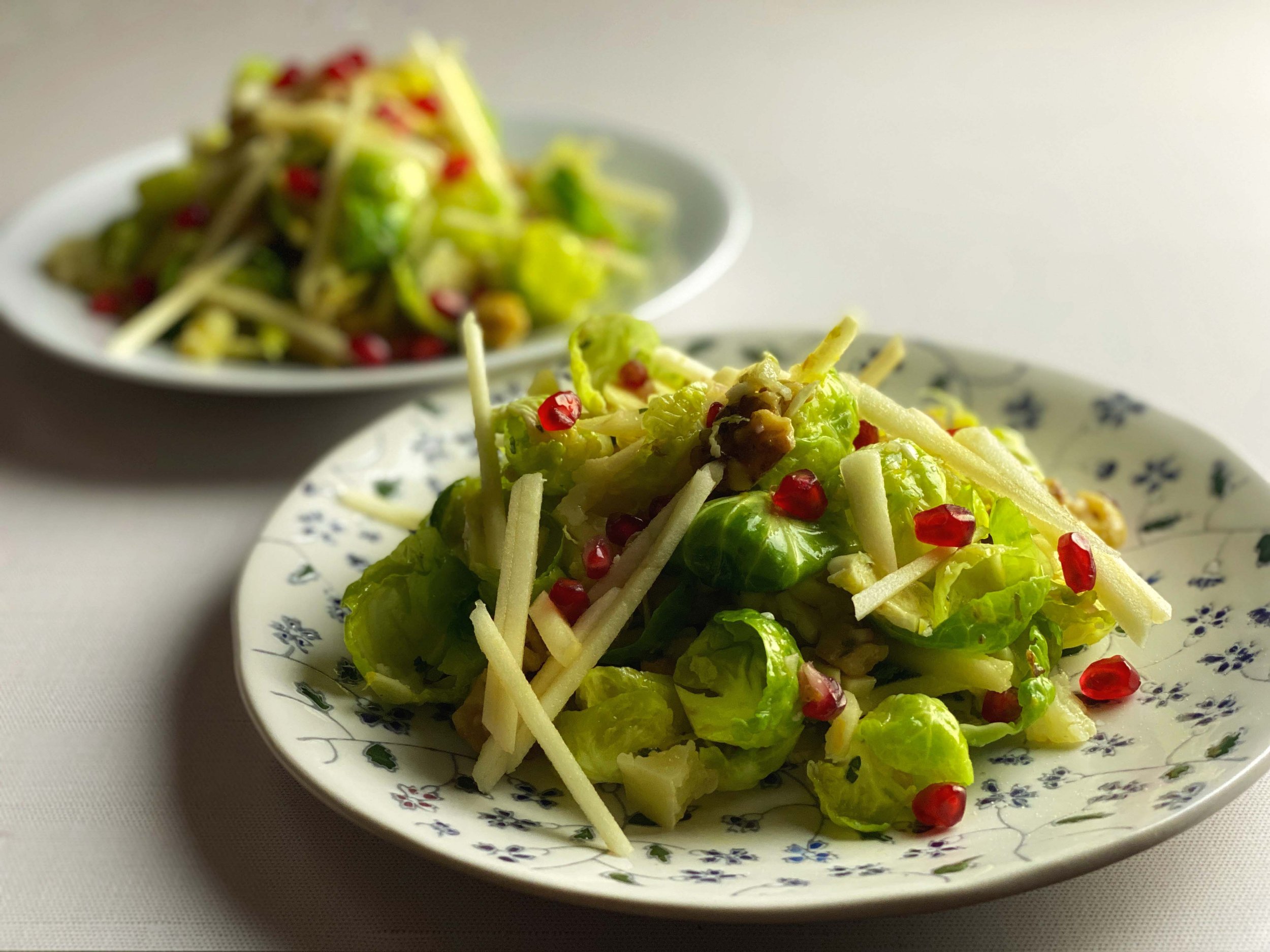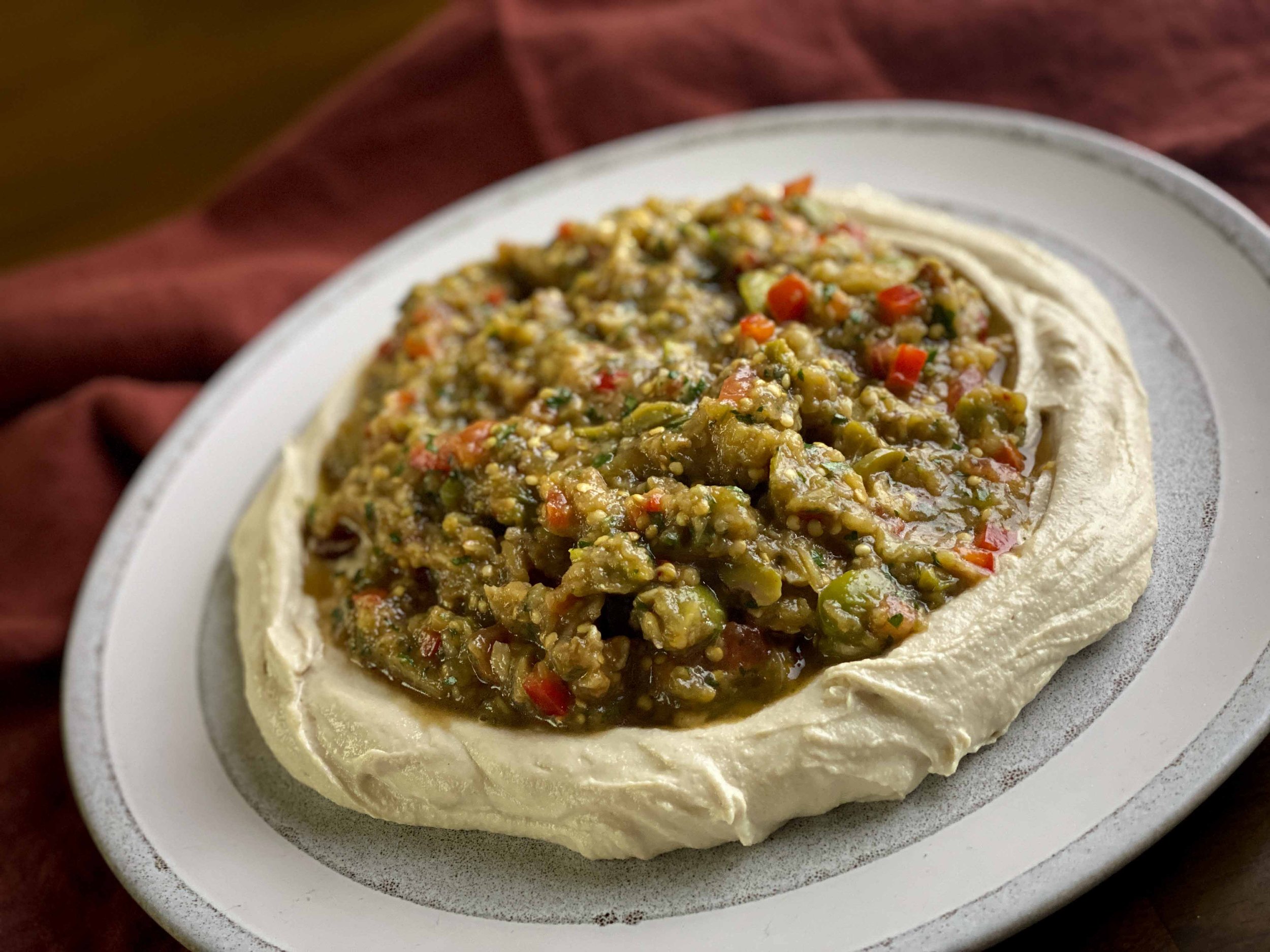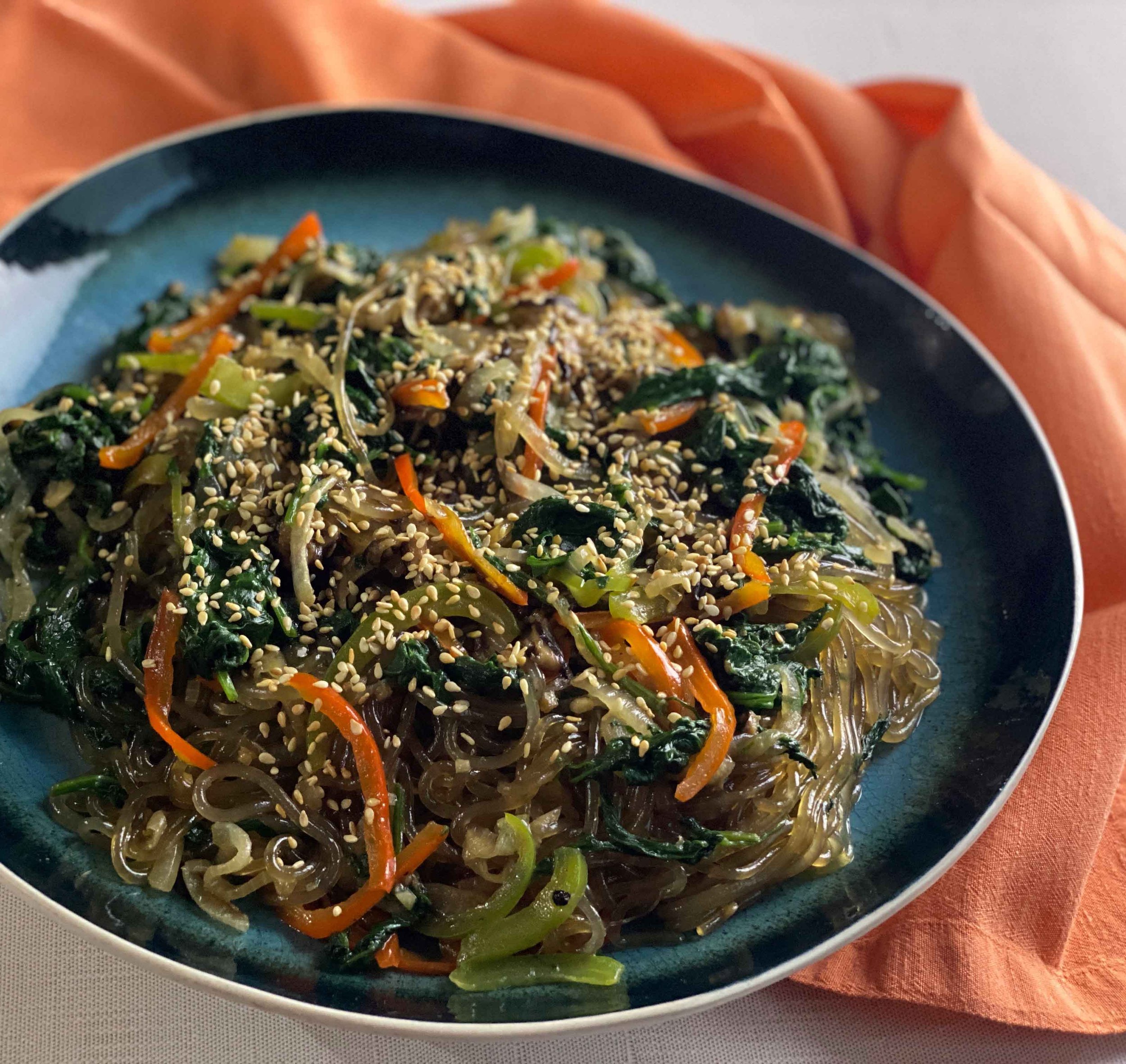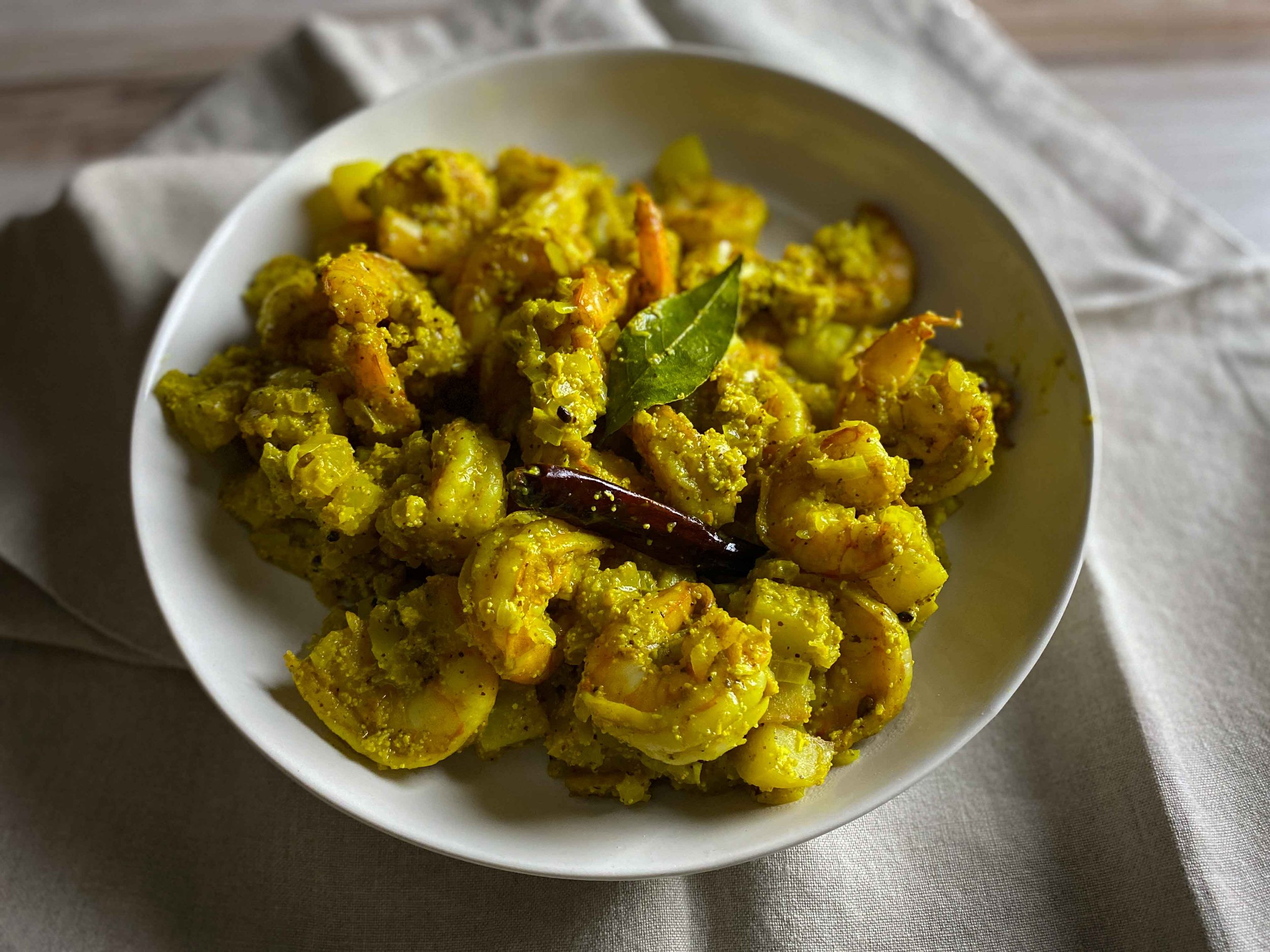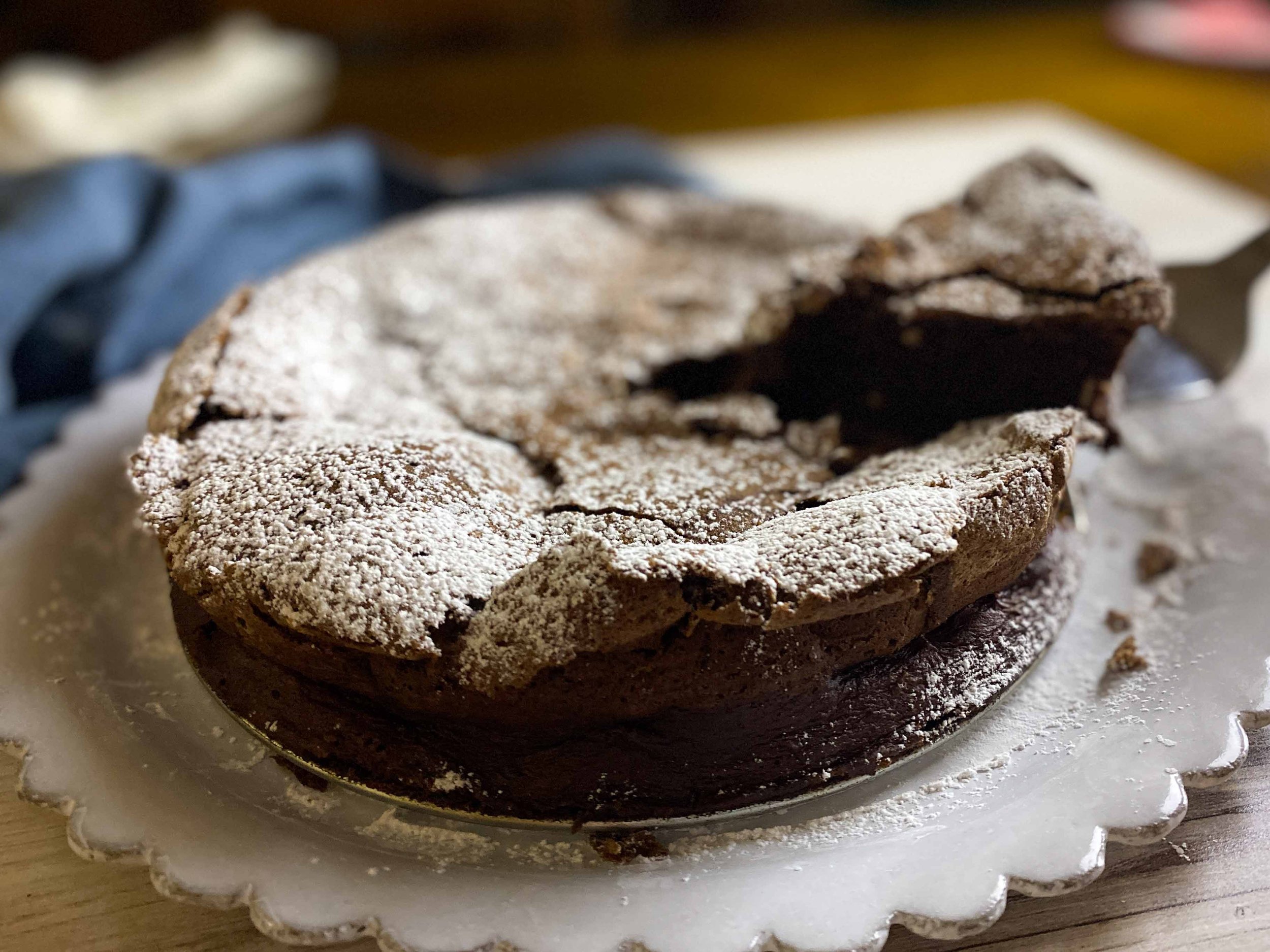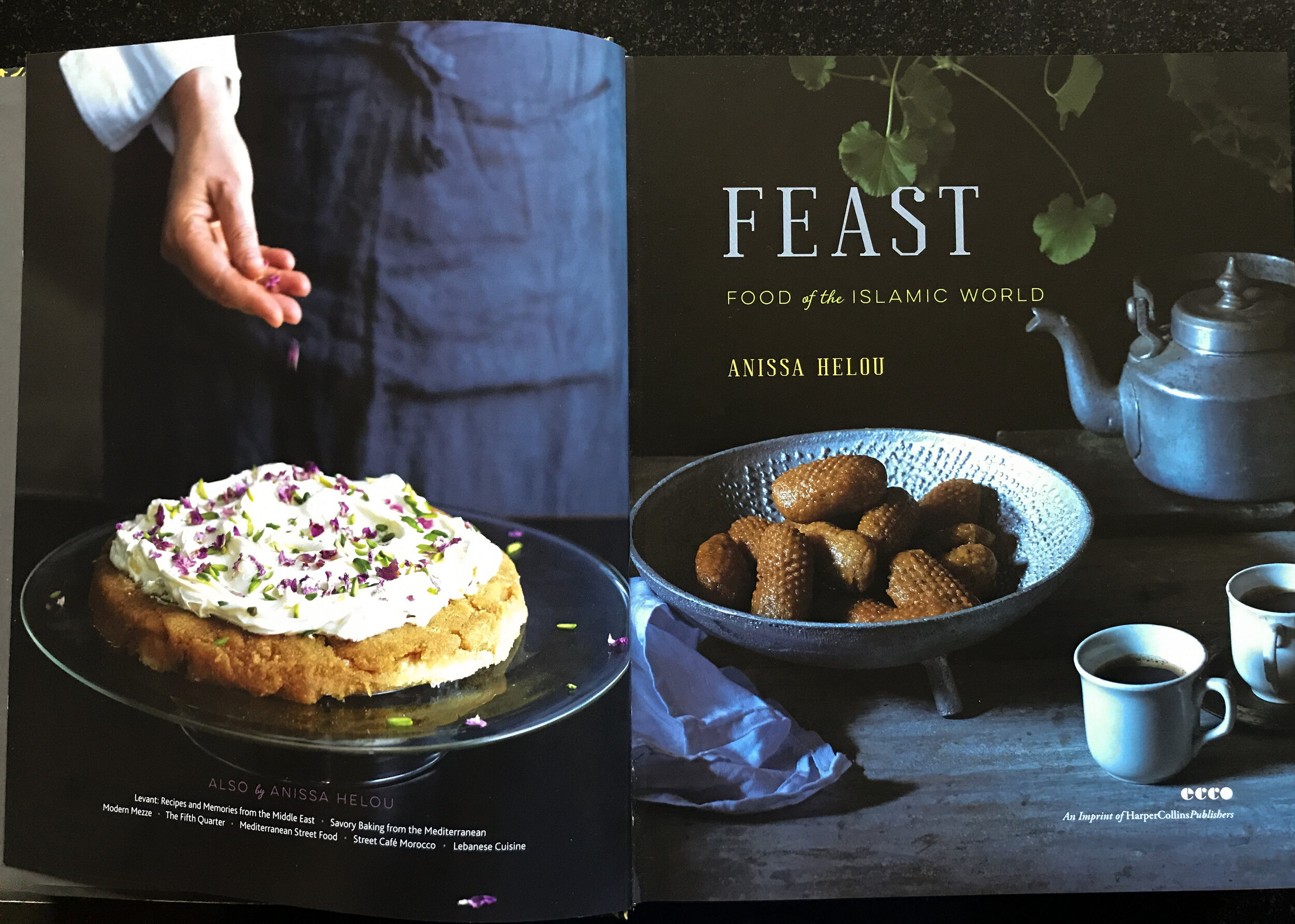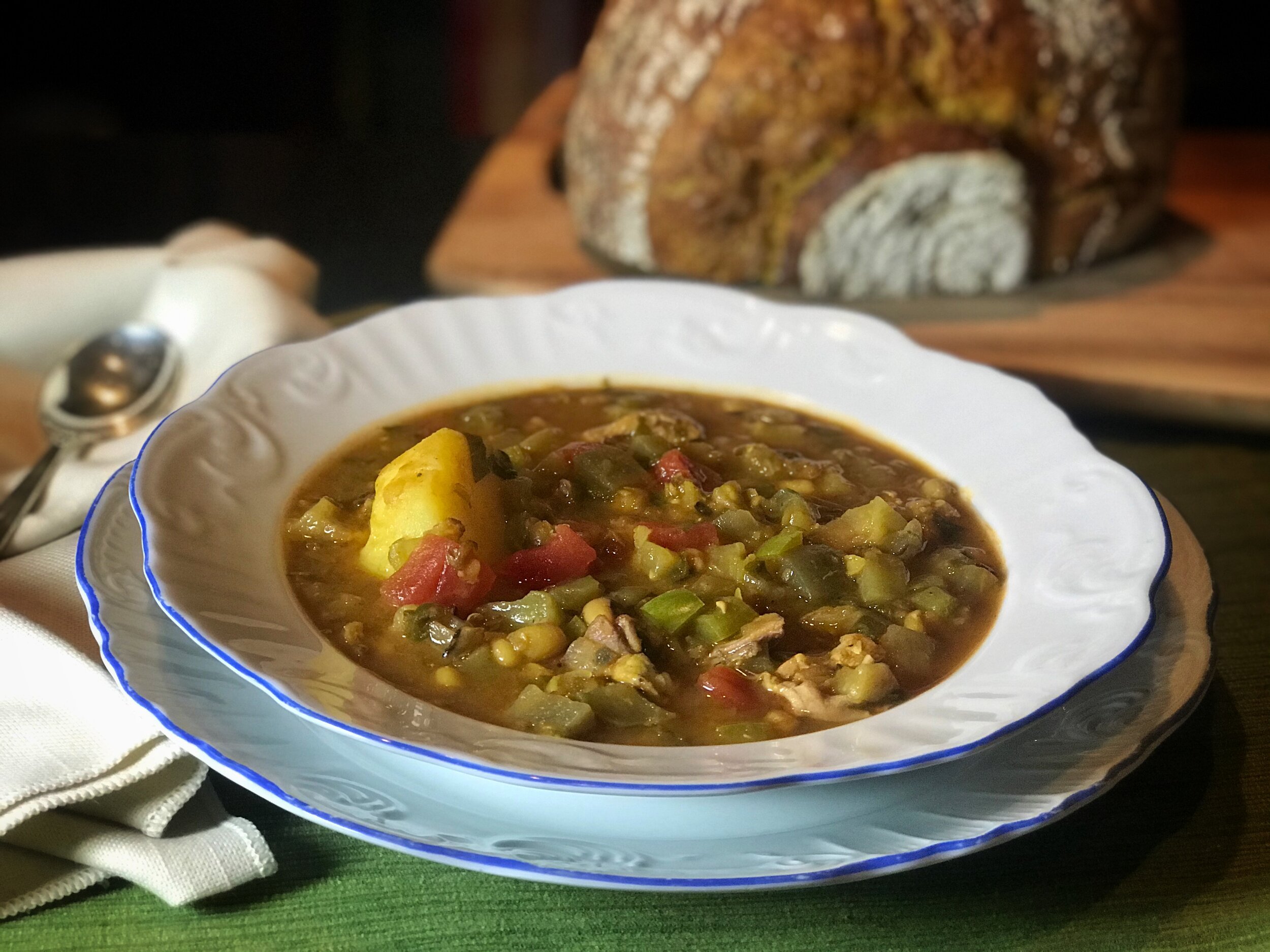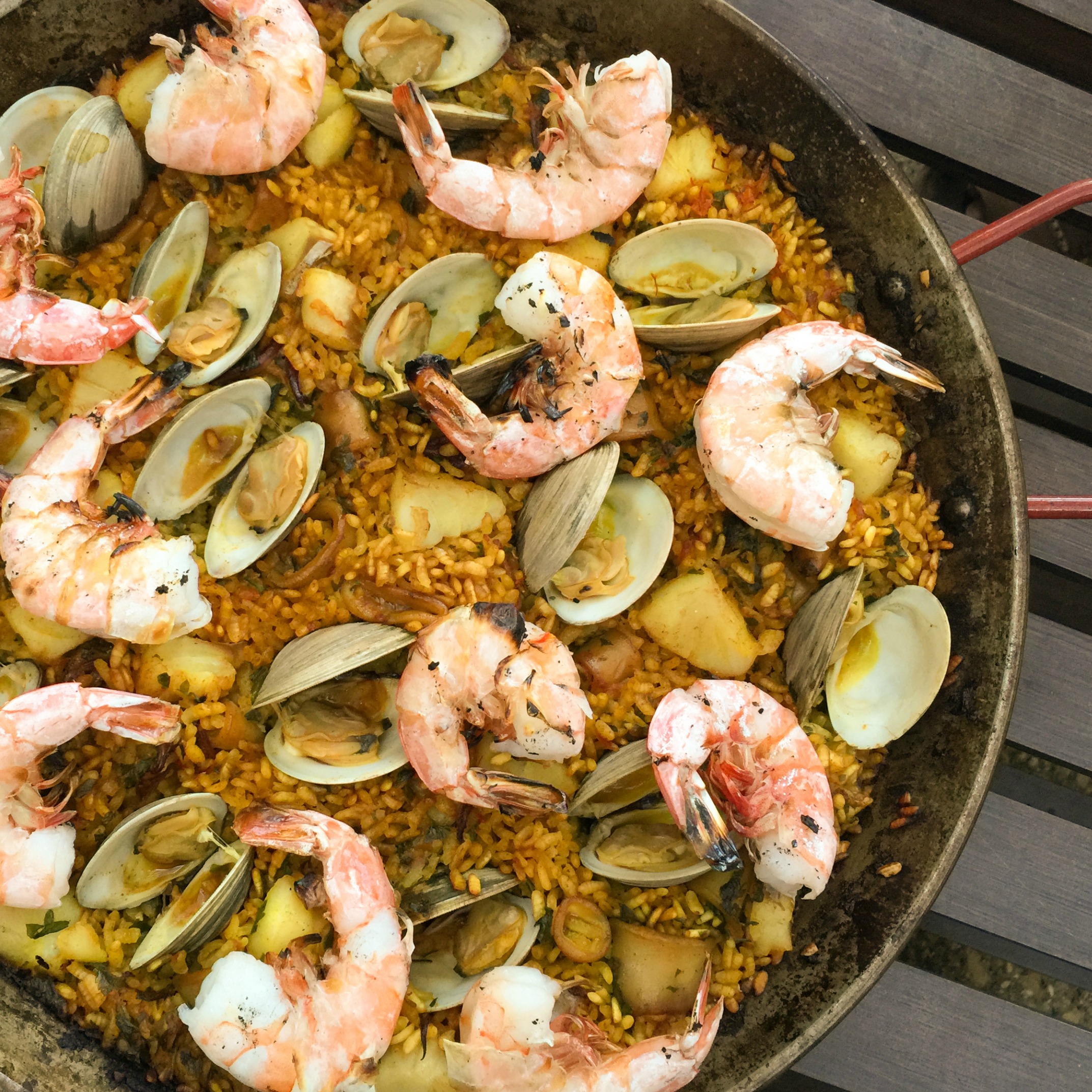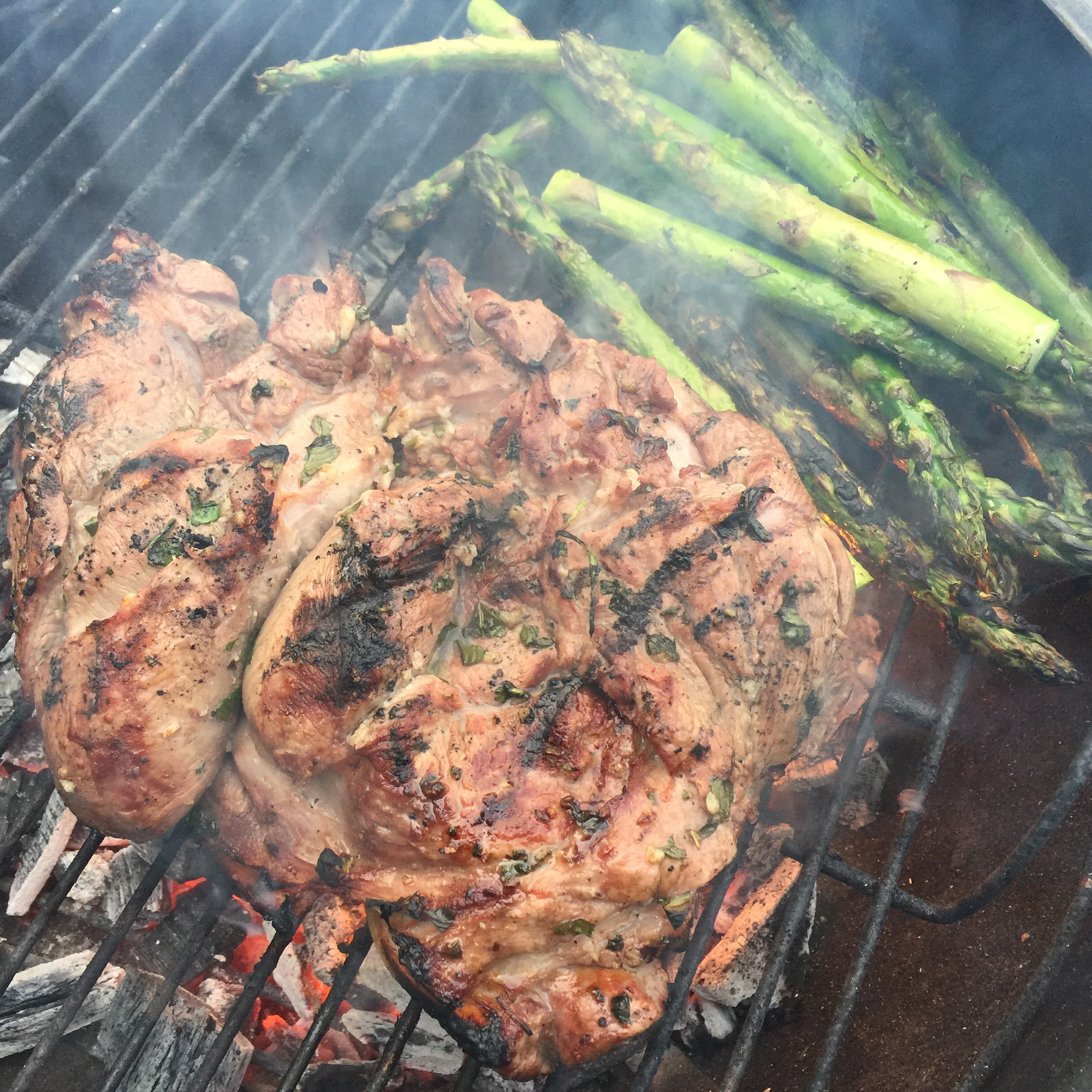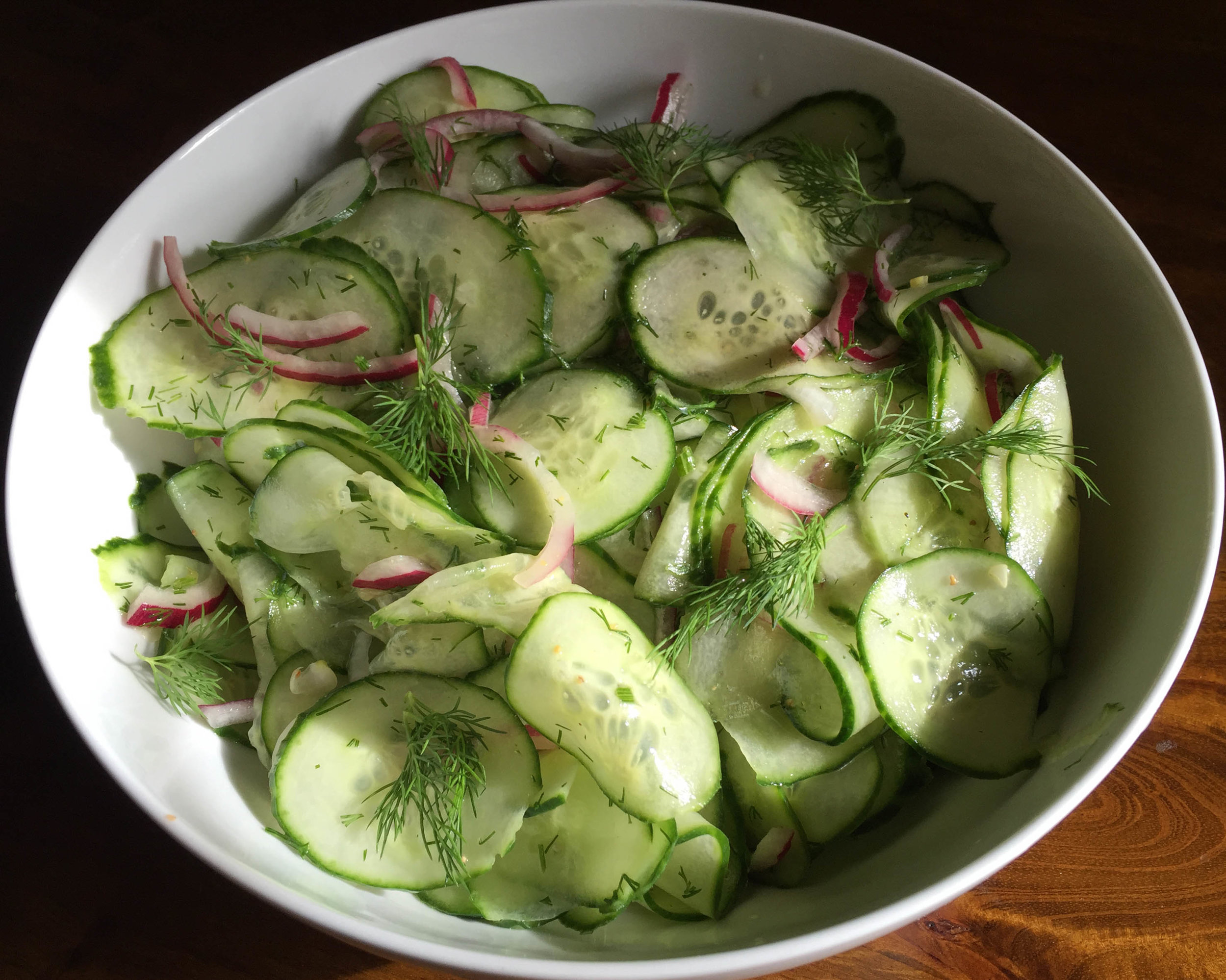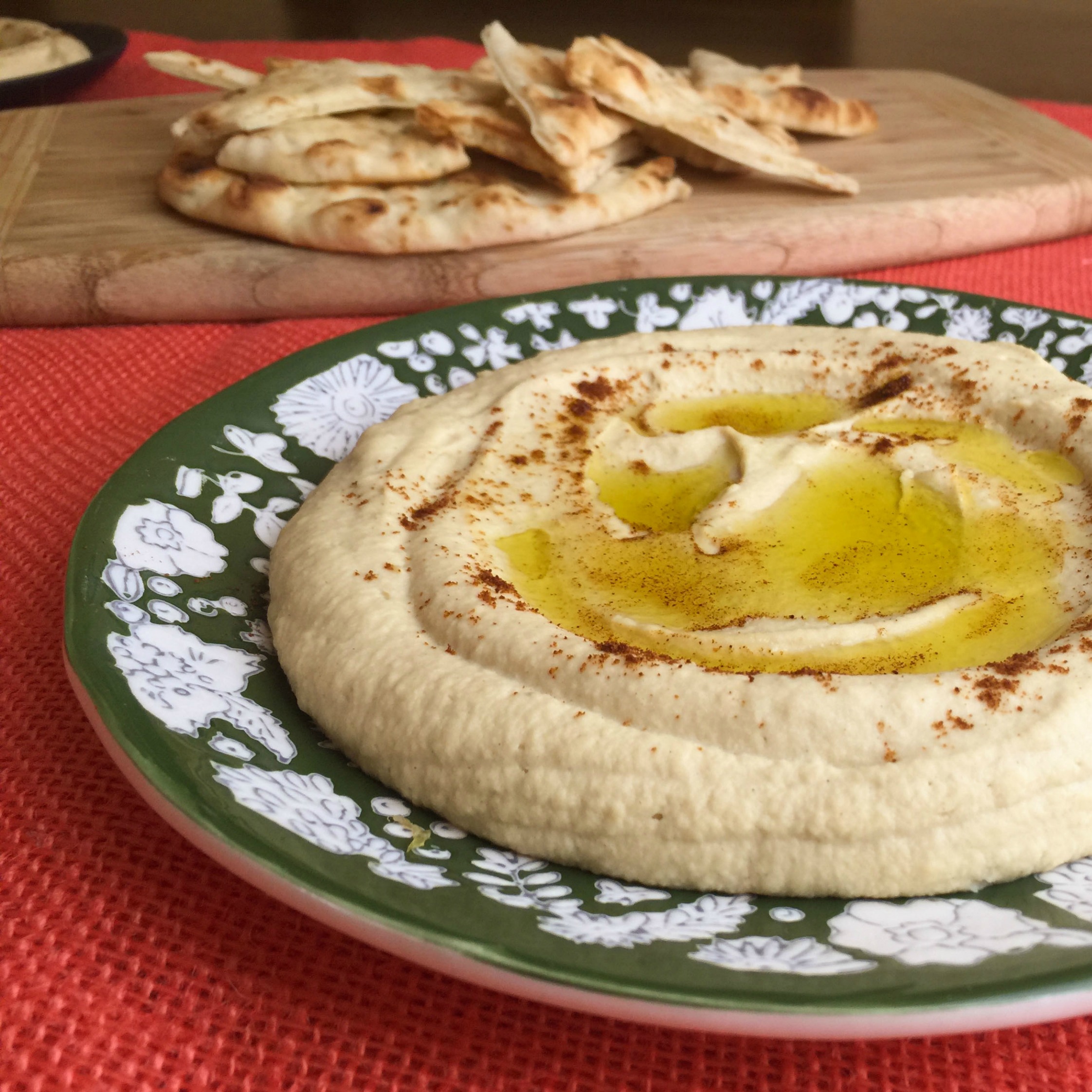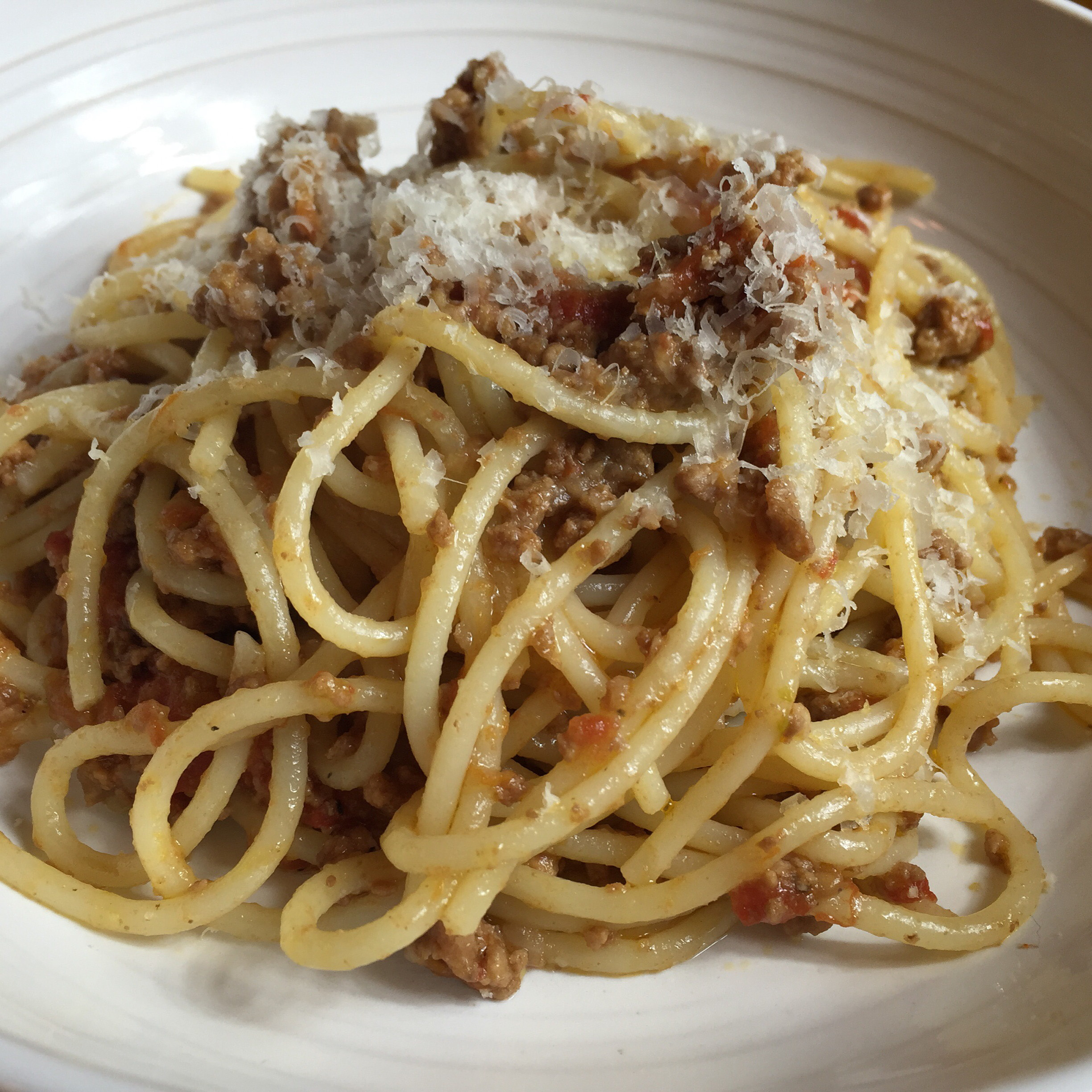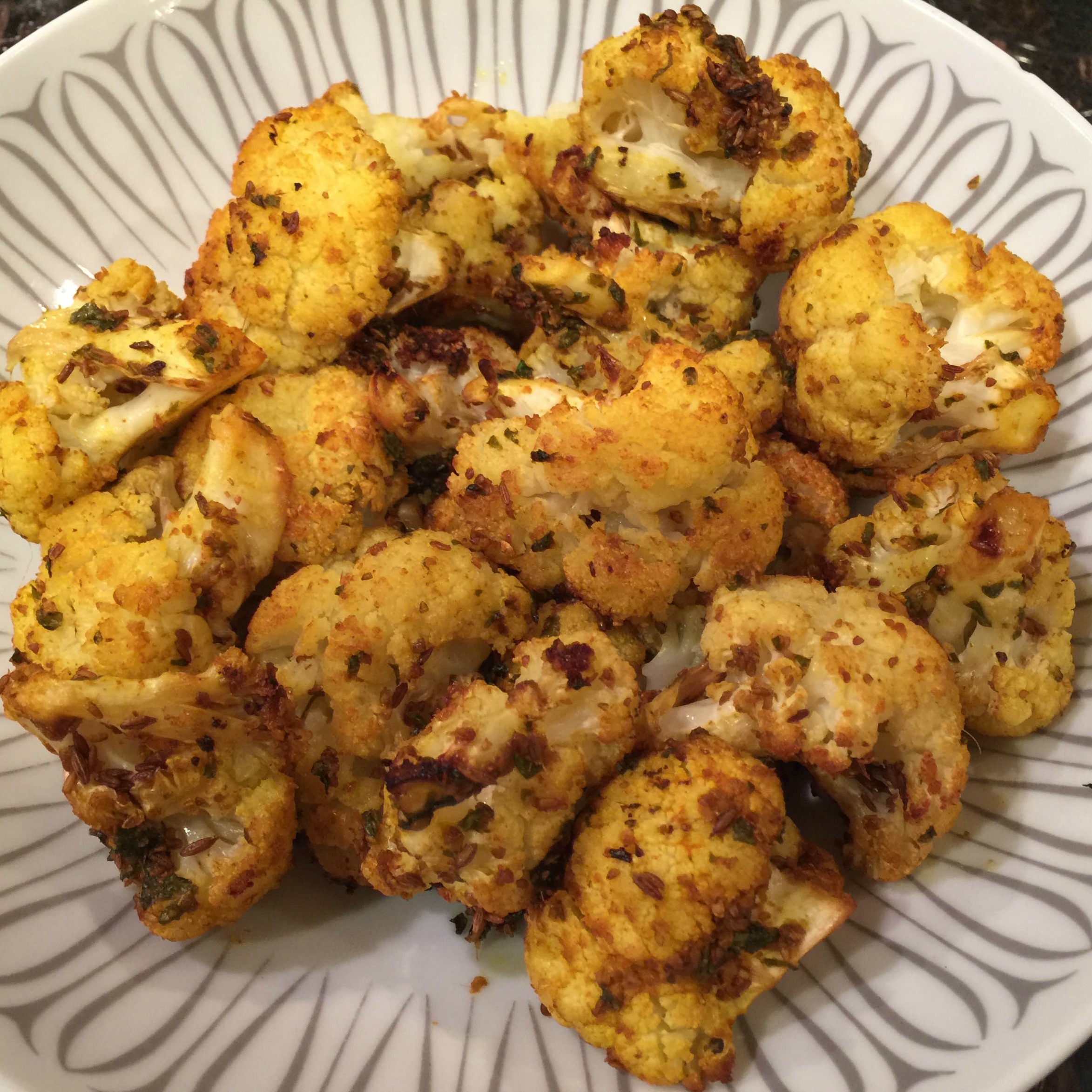BJ Dennis’ Okra & Shrimp Purloo, from the 2021 book ‘Black Food: Stories, Art & Recipes from Across the African Diaspora’
By Leslie Brenner
“If you were to give me one final meal to eat, it would be this,” writes BJ Dennis in the headnote to his recipe for Okra and Shrimp Purloo, collected in Black Food: Stories, Art & Recipes from Across the African Diaspora.
It’s one of the 10 dishes from new or recent cookbooks that I fell in love with this year — so much that I’ll be cooking them again and again in months and years to come.
The dishes span culinary cultures from East Asia to India, from the Middle East to Western and Eastern Europe — and two from the United States. Five include seafood, pork or a combination; three are vegan, one is vegetarian and one is a chocolate dessert.
Weirdly, none of them involve chicken, lamb or duck — though one duck recipe came close to being included.* Not weirdly, none includes beef. Not that I don’t enjoy beef — I do! But I don’t eat it often. Eight happen to be gluten-free, and so are the two others, if you use gluten-free tamari in place of soy sauce.
The recipes come from books published this year and the two years prior. Here are the 10 standouts, beginning with the one pictured above.
BJ Dennis’ Okra & Shrimp Purloo
Purloo is an iconic rice dish in lowcountry Gullah-Geechee culture; this one from BJ Dennis, a Charleston, South Carolina chef with roots in the Gullah-Geechee community, features shrimp and okra. Okra season ends with the first frost, but you can use frozen okra (which isn’t bad at all) if you’d like to make it before next summer.
The quality of the rice you use is important: Dennis’ recipe calls specifically for Carolina Gold rice — a very special white rice that was nearly lost and was brought back a couple of decades ago. Not to be confused with the supermarket brand Carolina rice, Carolina Gold has beautiful texture and flavor. (Read more about the rice in the recipe’s headnote, and in this fascinating story by Keith Pandolfi in Serious Eats.)
Get the rice (which also makes a great holiday gift), and then make this irresistible purloo.
Betty Liu’s Mom’s Shanghai Red-Braised Pork Belly
If you ever crack open a cookbook and see the words “my favorite recipe in the book,” take heed: anything the author loves that much has an excellent chance of being smashing. That was absolutely the case with this tender and luscious dish from Betty Liu’s My Shanghai. “If there is one dish that represents Shanghai cuisine, this is the one,” she wrote in her headnote. The recipe comes from her mother.
Budmo! Russian Potato Salad
From Budmo!: Recipes from a Ukrainian Kitchen (one of Cooks Without Borders’ Best New Cookbooks of 2022), Anna Voloshyna’s vegetarian version of the classic is creamy and pickle-y — delicious in every season.
Woks of Life Shrimp in Lobster Sauce
The authors of the delightful new book The Woks of Life have a talent for creating outstanding versions of old-school American Chinese restaurant favorites. Their recipe for shrimp in lobster sauce is a fine example: Eminently craveable, it will probably blow other versions you’ve known out of the water. The book is another one of CWB’s Best New Cookbooks of 2022.
Via Carota Insalata di Cavoletti
This Brussels sprouts salad with apples, walnuts, aged cheese and pomegranate seeds made me fall instantly in love with Via Carota: A Celebration of Seasonal Cooking from the Beloved Greenwich Village Restaurant by Jody Williams and Rita Sodi, with Anna Kovel. It’s our first-ever Cooks Without Borders Cookbook of the Year.
Reem Kassis’ Eggplant Salad on Tahini
Reem Kassis’ The Arabesque Table is filled with wonderful recipes, some traditional, others of her own invention. This one — roasted eggplant salad on a cushion of tahini — combines elements of mutabal (roasted eggplant dip with tahini) and bitinjan al rahib (“monk’s eggplant” — roasted eggplant with fresh vegetables). Think of the dreamy result as everything you want in a mezze assortment but all on one plate. The eggplant salad part has pops of salty-meaty umami flavor from sliced green olives and tang from pomegranate molasses; walnuts add complexity and a bit of crunch. The tahini sauce is a creamy, rich foil. Swipe a piece of warm pita through it and you’re transported to everywhere you ever wanted to visit in the Levant.
I could eat the japchae from Hooni Kim’s 2020 book My Korea once a week and die happy. Japchae is a beloved traditional dish made from dangmyeon — stretchy, clear noodles made from sweet potato starch. This one has lots of julienned red and green bell peppers, shiitake mushrooms and spinach, garlic and a lovely touch of sesame oil. The book was published in 2020; we reviewed it in July.
Suzy Karadsheh's Sicilian-Vibe Cod
This roasted cod dish from Suzy Karadsheh’s The Mediterranean Dish has a deliciously Sicilian vibe, thanks to tomatoes, garlic, golden raisins, capers, spices and lemon. Throw it in the oven, open a bottle of Etna wine (white, red or rosé) and you’ve got a drama-free (and much less expensive) trip to Taormina, the Sicilian setting for White Lotus. Karadsheh’s book was one of our Best New Cookbooks of 2022.
Rinku Dutt’s Shrimp with Poppy Seeds (Chingri Posto)
Rich and fragrant, with a generous dose of white poppy seeds and black mustard seeds, this dish from Rinku Dutt’s Kolkata is transportingly delicous. We reviewed the book, one of our 10 Best New Cookbooks of 2022, in October.
Via Carota Torta al Cioccolato
It’s always good to end with chocolate cake, right? This one — another stupendous recipe from Via Carota — may well be the best flourless chocolate cake I’ve ever made. The top of the cake collapses (on purpose) and forms a crackly crust that contracts beautifully with the soft crumb inside, and it’s wonderfully chocolately and rich. ’Nuff said?
RECIPE: Via Carota Torta al Cioccolato
*I’ll definitely make the pici again many times, and will sometimes sauce it with a duck ragù, but probably my own.




